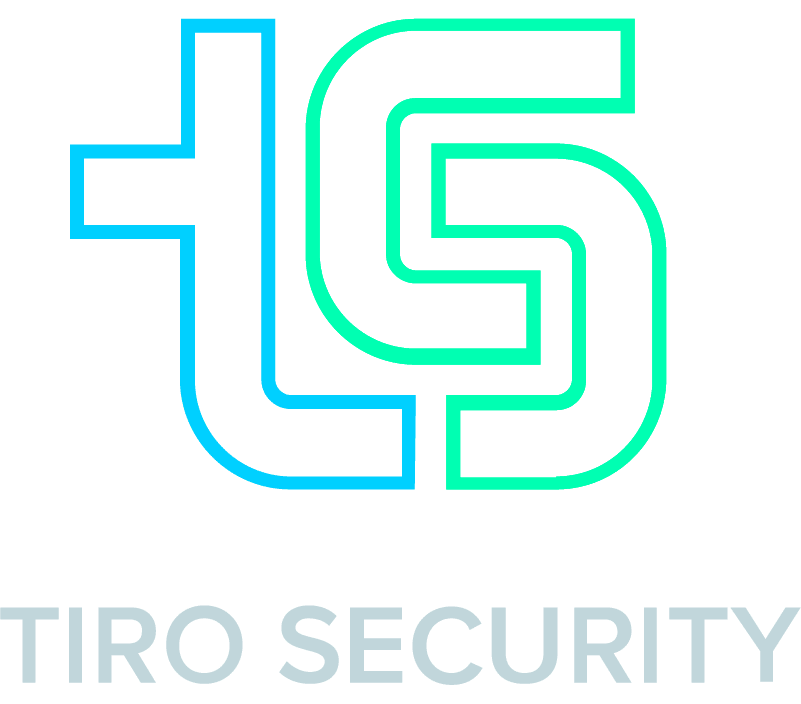Cybersecurity is no longer just a concern for large corporations, it’s a fundamental business priority for companies of all sizes. As cyber threats grow more sophisticated, the need for robust cybersecurity measures is clearer than ever. But how you implement those measures is a crucial decision that can impact your business’s safety, budget, and long-term strategy.
One of the most common dilemmas businesses face today is whether to build an in-house cybersecurity team or to outsource their cybersecurity needs to specialized firms. Both options come with their own sets of advantages and challenges, and the right choice depends largely on your organization’s size, resources, industry, and risk profile.
In this article, we’ll break down the key differences between in-house and outsourced cybersecurity, outline the pros and cons of each, and help you determine the best fit for your business.
Understanding In-House Cybersecurity
In-house cybersecurity refers to employing full-time staff members who are dedicated to managing your organization’s cyber defenses. These professionals work within your company, align directly with your business goals, and typically handle everything from network monitoring to incident response and compliance.
Pros
- Direct Control & Visibility: With an in-house team, you have full oversight of your cybersecurity operations. This allows for more immediate response times, better communication across departments, and a cybersecurity strategy that is deeply integrated with business goals.
- Tailored Security Solutions: Internal teams develop a deep understanding of your infrastructure, systems, and data, allowing them to create custom policies and practices specific to your environment.
- Alignment with Company Culture: Having cybersecurity professionals embedded in your organization fosters better collaboration and alignment with company policies, priorities, and internal culture.
Cons
- High Costs: Hiring, training, and retaining cybersecurity professionals is expensive. Salaries, benefits, tools, and ongoing education can add up quickly, especially for small to mid-sized businesses.
- Talent Shortages: The cybersecurity talent gap is real. Finding skilled professionals is difficult, and even if you do, keeping them engaged and loyal is a constant challenge.
- Limited Resources: Internal teams may struggle with bandwidth and knowledge breadth. It’s hard for a small team to cover every aspect of cybersecurity, especially when new threats emerge daily.

What is Outsourced Cybersecurity?
Outsourced cybersecurity, often referred to as Managed Security Services (MSS), involves partnering with third-party experts to handle some or all of your security functions. These can include 24/7 monitoring, threat detection, incident response, vulnerability management, compliance, and more.
Pros
- Access to Expertise: Outsourced providers employ highly skilled cybersecurity professionals who are up-to-date on the latest threats, compliance requirements, and best practices.
- Cost Efficiency: You get access to enterprise-grade tools and experienced teams without the overhead of building an internal department from scratch. Pricing is often flexible, scaling with your needs.
- 24/7 Monitoring and Response: Many outsourced firms offer round-the-clock monitoring, something that’s difficult to achieve with a small internal team. This reduces your detection and response time significantly.
- Faster Implementation: MSSPs often come with established systems, tools, and processes. This means you can start seeing improvements in your security posture much faster than with an in-house build.
Cons
- Less Control: Outsourcing inherently means entrusting a third party with sensitive data and critical systems. While most MSSPs follow strict security protocols, it can still feel like a leap of faith.
- Communication Gaps: If not managed properly, there can be disconnects between your internal teams and the outsourced provider. Clear SLAs and communication channels are crucial.
- One-Size-Fits-All Risks: Some providers use templated solutions that may not fully address your unique needs. Customization can be limited unless explicitly included in your service agreement.
Which One Is Right for Your Business?
There’s no one-size-fits-all answer, but here are some considerations to guide your decision:
Choose In-House If…
- You’re a large enterprise with complex infrastructure.
- You need complete control over data and systems.
- You’re in a heavily regulated industry (like finance or healthcare) where compliance requires close internal oversight.
- You have the budget and resources to hire and retain top-tier talent.
Choose Outsourced If…
- You’re a small to mid-sized business looking to maximize your budget.
- You need immediate access to cybersecurity expertise and technology.
- You’re focused on rapid scalability and don’t want to build a team from scratch.
- You require 24/7 monitoring and threat response that’s hard to achieve internally.
The Hybrid Approach: Best of Both Worlds
Many organizations today are adopting a hybrid cybersecurity model. This approach combines internal security leadership, often a Chief Information Security Officer (CISO) or small in-house team with outsourced providers who handle specific tasks such as penetration testing, endpoint detection and response (EDR), or compliance audits. This model allows businesses to retain strategic control while benefiting from external expertise, scalability, and round-the-clock support.
The choice between in-house and outsourced cybersecurity comes down to strategic fit. What works for one business might not work for another. It’s not just about budget. It’s about risk tolerance, growth plans, compliance demands, and the evolving threat landscape. For many businesses, outsourcing provides a cost-effective, scalable solution to immediate cybersecurity challenges. Others may find that investing in an internal team delivers the alignment and control they need to protect their operations long-term.
Whichever route you choose, the most important thing is that you take action. Cyber threats aren’t slowing down; your cybersecurity strategy shouldn’t either.
Whether you’re outsourcing or building your internal team, Tiro security can take care of staffing, third-party risk assessments, and pen testing. Contact Kris Rides at kris.rides@tirosec.com to learn more.
